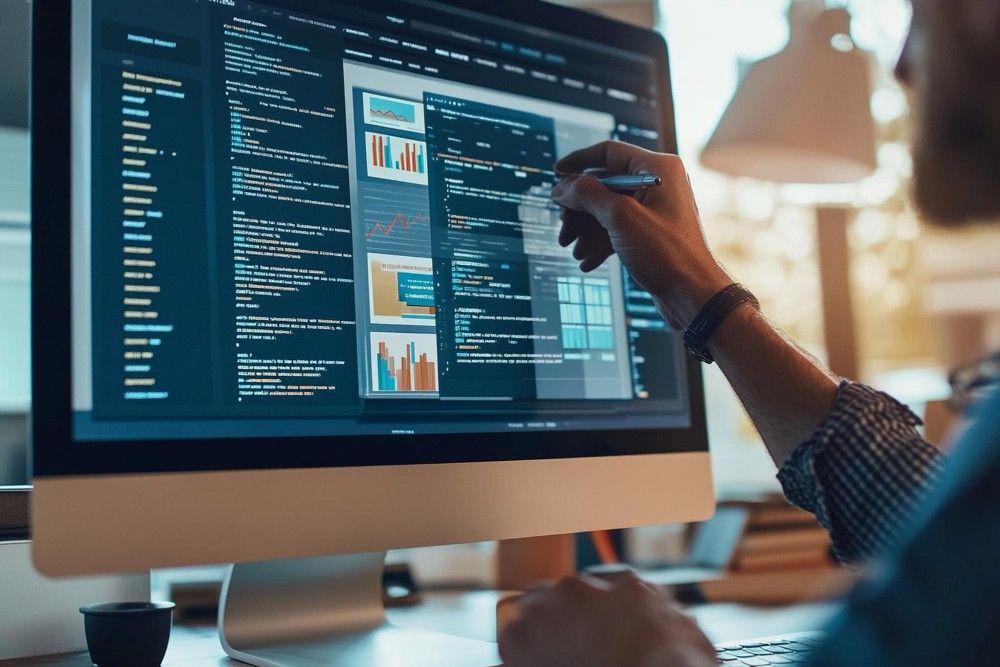“A picture is worth a thousand words” you must have come across these words more than you can recall, but when it comes to the market for the companies this picture can be worth much more than a thousand dollars too.
Iconography is the art of developing and using icons to capture audiences, remove ambiguity from concepts, and make the data provided easy to handle and more presentable. That must have sounded like too much for a picture, but believe me, all of these things and more do hinge upon the types of icons a company uses. Iconography today is playing a pivotal role in defining the good user experience and it is a testimony of just how germane this tool is that billions of dollars are spent annually by companies like Google, Facebook, Walmart, Samsung, etc. in this field.
The significance of iconography can be easily understood — just think of a brand, any brand. What are the first five things that come to mind? Several pieces of research conducted by experts in human behavior unanimously point out that it is the brand’s standard icon. For example, if I think of Gmail, one of the first things that pop into my head is that red M in an envelope. So, it is needless to say that the first and most primary importance of iconography is- assigning an identity to a company. The icons register in the brains of the users much easily as compared to any other feature and they have a higher chance of being identified when coming across randomly. The best example to demonstrate my last analysis would be the simple fact that how on any random web page when we see a little blue bird we know its twitter, even when no prior context is provided, same happens with the white f in a blue box or the white camera with a pink background.
Next on the list is — the implicit use of iconography. An icon does not just operate as an ID card for companies, they are also the tool that companies use to help navigate the users through the various pages present on their websites, etc. Suppose you want to read an article on sports and you open a news website then instead of scrolling through until you reach the desired section you can just click on the sports icon and directly reach it. Or suppose you just want to take a print out of the page, the print icon will be easily available and identifiable from the beginning and thus much easier to access if instead the word “print” was scribbled somewhere in the corner. Going back or forward on web pages, skipping pages icons make all these tasks much easy to perform owing to their easy to spot and convenient to access nature.
In a page full of text an icon provides perspective to the user. It draws attention to products, services, menu, and features. You would not have to comb through tons and tons of words to finally reach the place you actually wanted to see. The amount of energy and time wasted otherwise would be much more than what anybody can afford to waste in today’s day and time. Moreover, icons provide a compact display of information in a more attractive and user-friendly manner. For example, my taskbar is currently displaying a few icons — word, google chrome, files, music. Now just imagine if instead of showing these as icons my taskbar would have just had these same written down in words, or on your smartphone instead of the bright little pictures of all those apps, you would just have the said names typed in normal Arial, font size 10. How dull would all that be?
Our speed of using these devices would reduce considerably and we would not want to spend as much time on these devices as we do, for the simple reason that they won’t be as attractive or comfortable to use. But with icons, we have an inherent escape from these mundane problems. Moreover, with money flowing in from every crevice the R&D in iconography is so developed that all the colors, angles, edges, figures everything you come across in these icons are scientifically designed to provide you with aesthetically pleasing sensation. So they are not just helping you in all these other tasks they are also making your subconscious happier just by being there- how great is that?
It started since the 18th-century iconography has become an irreplaceable part of user-company interaction. It defines the user experience and plays a pivotal role in marketing and advertisement of products. Aside from conveying a tremendous amount of information in a compact yet comprehensive way it makes navigation faster by multiple folds. Adding to the attractiveness, comfort accessibility iconography provides an identity to a company. It is a burning ground in both electronic and paper operated industries and has reached a point where both the biggest giants in the industries as well as the feeble infants are pouring in large sums of money in developing icons and pursuing more and more dynamic and developed standards of iconography. A result of which can be seen all around on your desktops, mobile phones, billboards, etc. Where from every nook and corner there is one bright little icon peering over, grabbing your attention and holding your hand and taking you to wherever you want to go.
.avif)









.jpg)









